
Coconut milk comes in different forms and is often used in cooking and baking. It's versatile enough to be a stand-in for butter at times, even in cookies. Though coconut milk has a mild coconut flavor, the coconut flavor often gets lost when mixed with other ingredients, but also enhances the flavor of the final product.
Calling All Coconut Milk
Coconut milk is often used interchangeably for milk, water and cream. Coconut milk is available refrigerated and shelf-stable. It comes unsweetened, sweetened, unflavored or flavored. Coconut milk also comes in a can, as cream, full-fat or light. Refrigerated and shelf-stable coconut milk may have added ingredients such as sugar, preservatives or fortified vitamins. Real coconut milk is made from the meat of the coconut, and the only ingredients listed should be coconut and water, which you can find in the canned variety, as stated by Bon Appetit. Full-fat coconut milk and coconut cream are the same; they contain more of the coconut meat, which lends to the thickness of the milk. Light coconut milk contains less of the meat.
Is Butter Better?
Butter is often a main ingredient when it comes to baking because it creates moist, tender and flavorful products. The fat in butter contributes to the body of a baked good, as well as to the consistency and flavor. Some cookie recipes call for creamed or whipped butter, which helps add a light, airy texture to the final baked good. Other recipes require softened or melted butter. Full-fat coconut milk, or coconut cream, also has fat that benefits cookie recipes. It is a good option for those who are either lactose-intolerant or are trying to avoid dairy. Coconut milk can be solid or liquid, depending on the temperature of the milk. This allows you to substitute coconut milk when a recipe calls for solid, softened, whipped or melted butter.
Move Over Butter
Canned coconut milk is liquid at room temperature but becomes firm when refrigerated. Once the can is refrigerated, preferably overnight, the fat separates from the water, creating coconut milk and cream. The fat rises to the top and the coconut milk sits on the bottom of the can. Replace the butter in your cookie recipe with the solidified coconut milk, or coconut cream, in a ratio of 1-to-1. Let the coconut cream sit at room temperature until it softens, if your recipe calls for softened butter. Melt the coconut cream over low heat if your recipe calls for melted butter. Whip the coconut cream, either with a mixer or by hand, if your recipe calls for whipped butter.
Helpful Hints
Coconut oil, though not considered a milk, is a good substitution for butter, also in a ratio of 1-to-1. Coconut oil is solid at room temperature and offers the same benefit as butter in baking. If your cookie recipe relies on a buttery flavor, replacing the butter with coconut cream or oil will not render the desired result. To get the coconut cream out of the can, turn the can upside down after refrigerating but before opening. Open the bottom of the can. The milk will be at the "new" top to easily pour out to use in another recipe. Store any leftover coconut cream in a separate airtight container in the refrigerator for five to seven days.
Related Articles

Adding Cold Water to Whipped Butter

How to Make a White Decorator Icing

Does Shortening Go Bad?
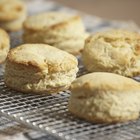
Butter Substitute for Baking Scones

Butter Substitute for Baking Scones
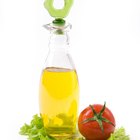
Can You Substitute Shortening for ...
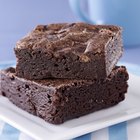
How to Replace Ingredients to Make ...

Substitute for Light Cream in Cooking

A Heavy Cream Substitute for Creme ...

What Ingredient Can Replace Heavy ...
The Difference Between ...

Is Homemade Butter Better Than ...

What Is German Chocolate?

What Can I Substitute for Butter When ...
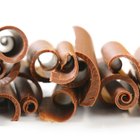
Cocoa Butter Nutrition

Heavy Cream vs. Milk in Baking

Heavy Whipping Cream Vs. Half & Half
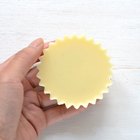
How to Make Body Butter Bars

Can I Substitute Unsweetened Coconut ...
Cream vs. Creamer
References
Writer Bio
Nicole Adams is an accomplished writer, publishing in print and online. She has submitted hundreds of articles for websites, including CBS Local and Education.com. Adams earned a Bachelor of Science in psychology with concentrated studies in health and nutrition, and animal behavior and nutrition. She loves to cook and volunteers in animal rescue.
Photo Credits
Martin Poole/Digital Vision/Getty Images